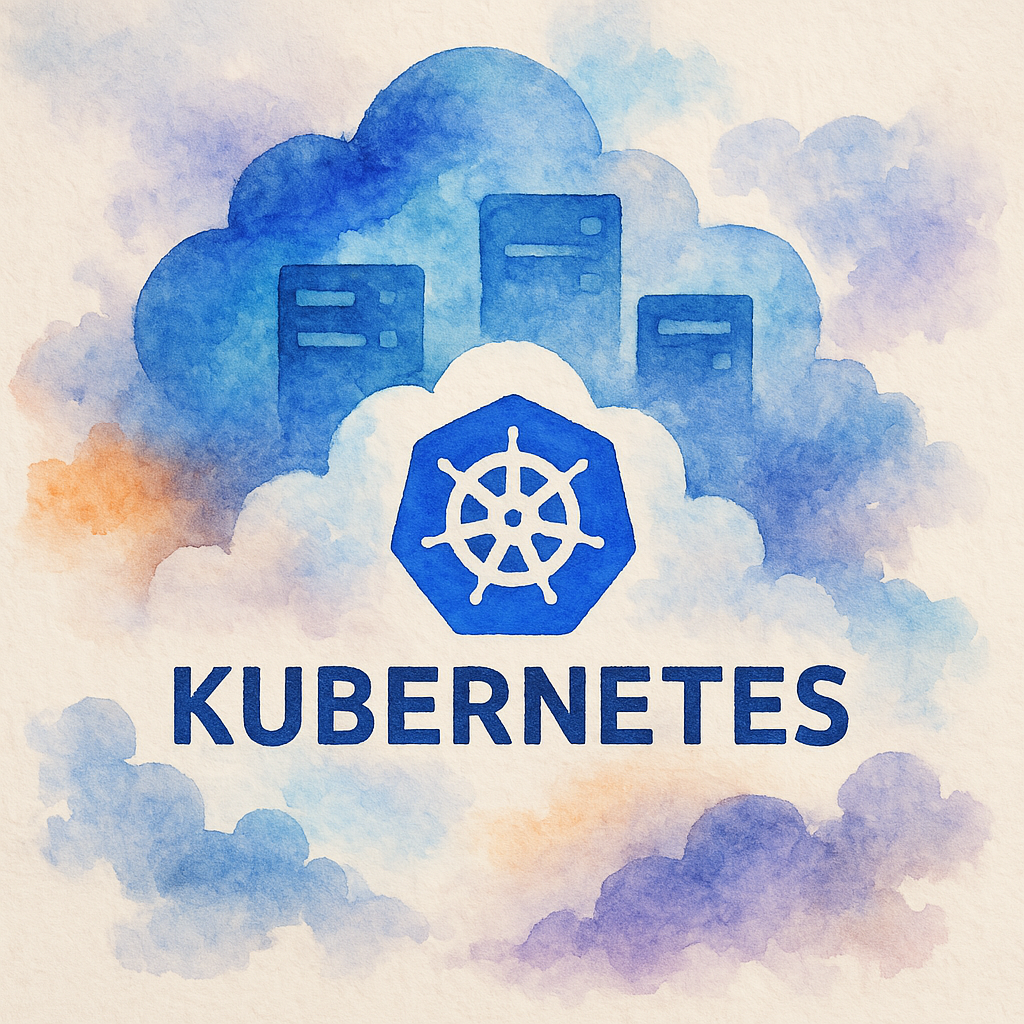Deploy a Kubernetes Cluster on Rocky Linux 9 with containerd: Complete Guide
If you’re looking to deploy Kubernetes on Rocky Linux 9 with containerd, this guide walks you through the full process from system setup to cluster verification. You’ll learn how to build a Kubernetes cluster on Rocky Linux 9 using kubeadm and containerd, with real-world troubleshooting insights for a smoother experience.
Setting up a Kubernetes cluster on Rocky Linux 9 is a great choice for building a robust container orchestration environment. In this comprehensive tutorial, you’ll learn how to deploy a production-ready Kubernetes cluster using kubeadm and containerd, including key troubleshooting insights based on real deployment experiences.
Requirements for Kubernetes on Rocky Linux
- Three Rocky Linux 9 servers (1 control-plane, 2 workers)
- ⚠️ For production environments, it is recommended to have at least three control-plane nodes for high availability.
- Root or sudo access
- Internet connectivity. Or use our guide for SSH tunnel.
Step 1: Prepare Your System
Update the System
dnf update -ySet a Unique Hostname
hostnamectl set-hostname <node-name>Add Hostname to /etc/hosts
echo "127.0.0.1 $(hostname)" >> /etc/hostsDisable SELinux
setenforce 0
sed -i 's/^SELINUX=enforcing/SELINUX=permissive/' /etc/selinux/configDisable Swap
swapoff -a
sed -i '/ swap / s/^/#/' /etc/fstabEnable Kernel Modules and Networking Settings
modprobe br_netfilter
cat <<EOF | tee /etc/modules-load.d/k8s.conf
br_netfilter
EOF
cat <<EOF | tee /etc/sysctl.d/k8s.conf
net.bridge.bridge-nf-call-ip6tables = 1
net.bridge.bridge-nf-call-iptables = 1
net.ipv4.ip_forward = 1
EOF
sysctl --systemStep 2: Install containerd
Install and configure containerd. You can use Docker official repository.
dnf install -y containerd
mkdir -p /etc/containerd
containerd config default | tee /etc/containerd/config.tomlEdit /etc/containerd/config.toml and enable systemd cgroups:
[plugins."io.containerd.grpc.v1.cri".containerd.runtimes.runc.options]
SystemdCgroup = trueStart and enable containerd:
systemctl enable --now containerdStep 3: Install Kubernetes Components
Add the Kubernetes Repository
cat <<EOF | tee /etc/yum.repos.d/kubernetes.repo
[kubernetes]
name=Kubernetes
baseurl=https://pkgs.k8s.io/core:/stable:/v1.29/rpm/
enabled=1
gpgcheck=1 gpgkey=https://pkgs.k8s.io/core:/stable:/v1.29/rpm/repodata/repomd.xml.key
EOFInstall kubelet, kubeadm, kubectl
dnf install -y kubelet kubeadm kubectl
systemctl enable kubeletStep 4: Initialize the Control-Plane Node
On your designated master node:
We specify --pod-network-cidr=10.244.0.0/16 because this is the default subnet used by Flannel, a simple and lightweight CNI (Container Network Interface) plugin. If you’re planning to use a different CNI, like Calico, you may need to use a different subnet (e.g., 192.168.0.0/16) or none at all depending on its configuration.
kubeadm init \
--pod-network-cidr=10.244.0.0/16 \
--apiserver-advertise-address=<MASTER_IP>Configure kubectl access:
Without this step, the kubectl command will not work because it won’t know how to authenticate against the Kubernetes API server. The file admin.conf contains the credentials and certificate data needed for access.
mkdir -p $HOME/.kube
cp -i /etc/kubernetes/admin.conf $HOME/.kube/config
chown $(id -u):$(id -g) $HOME/.kube/configStep 5: Set Up Pod Networking with Flannel
Flannel is a basic and easy-to-deploy CNI plugin, ideal for development and small clusters. It enables simple L3 network connectivity between pods.
Flannel vs Calico (Quick Summary):
- Flannel: Provides basic pod-to-pod communication (Layer 3 only). No native network policies.
- Calico: More advanced. Supports network policies, better scalability, and optional encryption with WireGuard.
Apply the Flannel CNI plugin:
kubectl apply -f https://raw.githubusercontent.com/flannel-io/flannel/master/Documentation/kube-flannel.ymlStep 6: Join Worker Nodes to the Cluster
From the control-plane node, get the join command:
kubeadm token create --print-join-command
#Example output:
kubeadm join MASTER_IP:6443 --token 0iax3l.5xa5l61mspqet --discovery-token-ca-cert-hash sha256:5660b8sfak43e56sf3dpi13jdd1d4ecde06d55bfed842g3mf1d793daeb9549f4ba3 Run the output on each worker node to join the cluster.
Step 7: Verify Your Kubernetes Cluster
On the control-plane node:
kubectl get nodes
NAME STATUS ROLES AGE VERSION
vm-ctrl-plane Ready control-plane 22h v1.29.15
vm-worker-1 Ready <none> 22h v1.29.15
vm-worker-2 Ready <none> 22h v1.29.15You should see your master and workers in Ready state.
Final Tips for Running Kubernetes on Rocky Linux 9 with containerd
- Ensure
ip_forwardandbr_netfilterare active for networking to work. containerdis the preferred runtime for modern Kubernetes clusters.- Troubleshoot stuck pods (
Pending) by checking CNI plugin status.
By following this tutorial, you’ll have a clean and stable Kubernetes environment running on Rocky Linux 9 with containerd. Perfect for learning, testing, or building production-grade workloads.

